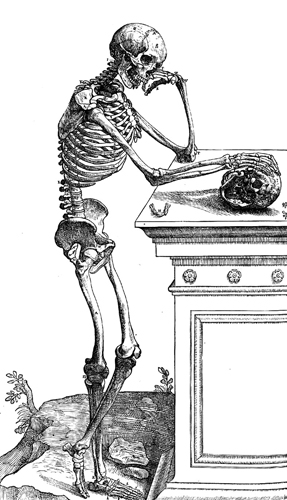Last update: 12/18/2013
Welcome to the Fall 2013 SHP Neuroscience course
With over 100 billion neurons and over a trillion synapses, the human nervous system is the most complex structure in the known universe. We hope to give you a solid overview of the intricate processes at work in the brain, from the molecular/cellular to the systems level. After we provide you with a strong foundation in the fundamental functional principles of neurons, synapses, and neural networks, we will connect their operation to much more complex processes, such as perception, emotion, and behavior. As the course progresses, it may seem that there is a huge conceptual gap between action potentials and synapses and our human complexity. That is because there is! Connecting these fundamental cellular processes to meaningful signals in the brain is the problem with which the modern neuroscience field is grappling the most. Nevertheless, we will try to introduce you to some of the insights into brain circuit function that have emerged in recent years, and also to the techniques that modern neuroscientists are using to tackle this problem.
An additional and no less important theme in this course is the evolution of nervous systems. The human brain is just a single solution to a problem that all organisms face: acquiring information about the external environment and utilizing it to coordinate beneficial behavior. The animal kingdom is full of elegant biological solutions to the information problem, and we will discuss some very unique nervous systems. We hope to give you an appreciation of the richness of nervous system diversity, while simultaneously helping you to see the commonalities and patterns that exist in all nervous systems.
We are very much looking forward to teaching the course, and are excited that you have chosen to study a truly profound and multi-disciplinary subject with us this semester. We will continue to update the website with interesting morsels of neuroscience. The slides and handouts will also be provided here for each lecture. Enjoy the course!









